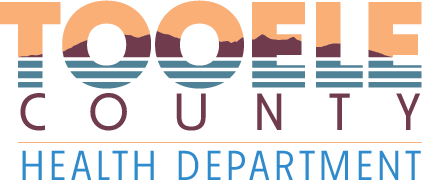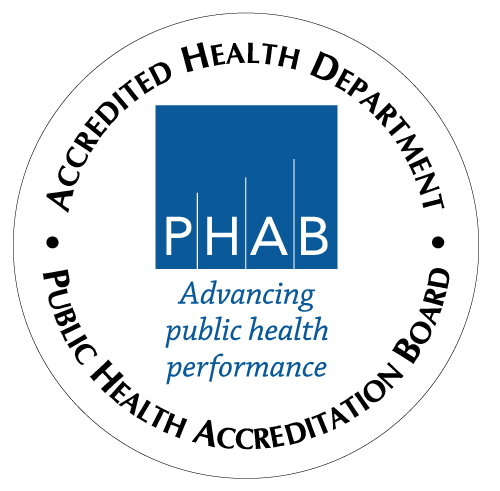What is Naloxone?
Naloxone is a lifesaving medication that reverses an opioid or heroin overdose and gets someone breathing again.
How does Naloxone work?
If a person has taken opioids and is then given naloxone, the opioids will be knocked out of the opiate receptors in the brain. Naloxone can help if opioids are taken with alcohol or other drugs. After a dose of naloxone, the person should begin to breathe more normally and it will become easier to wake them. Brain damage can occur within only a few minutes of an opioid overdose as the result of lack of oxygen to the brain. Naloxone gives concerned helpers a window of opportunity to save a life by providing extra time to call 911 and perform rescue breathing and first aid until emergency medical help arrives. Naloxone only lasts about 30-90 minutes, so it’s very important you seek medical treatment after a reversal to get additional treatment.
How is naloxone administered?
Naloxone can be administered one of three ways:
- By spraying the medicine into the nose.
- By auto injector; a pre-filled, ready to use dose of the medication is administered simply by pressing the medicine against a person’s upper leg.
- By injecting the naloxone via a needle in a syringe into the person’s upper arm or thigh muscle.
How long does it take for naloxone to work?
Naloxone usually works within minutes. If a person has not responded within 3-4 minutes of the first dose, you may repeat doses if necessary. To learn more about how to properly administer naloxone, please visit the following links:
https://www.ama-assn.org/delivering-care/opioids/how-administer-naloxone
Can naloxone harm someone?
No, it will not harm someone who comes in contact with naloxone who has not been using opioids or heroin. Naloxone only affects people who are using opioids or heroin and it doesn’t hurt them, but it will sometimes cause people to become combative after having naloxone administered on them.
What is an opioid?
Opioids are highly addictive narcotic substances commonly prescribed to treat pain. Common opioids include:
- Oxycodone (Oxycontin, Oxecta, Roxicodone)
- Oxycodone/Acetaminophen (Percocet, Endocet, Roxicet)
- Hydrocodone/Acetaminophen (Lortab, Vicodin, Lorcet, Norco)
- Codeine (only available in generic form)
- Fentanyl (Antiq, Duragesic, Fentora)
- Hydromorphone (Dilaudid, Exalgo)
- Meperidine (Demerol)
- Methadone (Dolophine, Methadose)
- Tramadol (ConZip, Ultram)
- Morphine (MS-Contin, Duramorph, DepopDur, Astramorph)
Why are opioids considered to be dangerous?
Our bodies build drug tolerance, meaning we have to take more to get the same effect. Drug tolerance can lead to physical dependency, addiction, abuse, and overdose. People who take opioids for chronic pain are especially at risk because tolerance continues to grow even after the maximum dose has been reached.
Tooele Opioid Response Network (TORN) is a community-based network of providers, organizations, and interested community members addressing the issues and impacts of opioid and substance use disorders within the Tooele County area.
Who is at risk of an overdose?
- People who have previously overdosed.
- People who have had a period of abstinence from taking opioids, such as recently being released from jail/prison or detox programs.
- People taking high doses of opioids.
- People talking other substances with opioids, such as anti-anxiety medications, sleep aids, or alcohol.
- People taking opioids for along period of time.
- People who use heroin.
What are the signs and symptoms of an overdose?
- Small, pinpoint pupils
- Blue/purple fingernails and lips
- Won’t wake up, limp body
- Shallow or stopped breathing
- Faint heartbeat
- Gurgling, choking noise
Do I need a prescription for naloxone?
No, you do not need a prescription. Utah laws allow pharmacists to dispense naloxone without a prescription. Anyone can get naloxone including family members, friends, caregivers, individuals taking opioids or anyone who would like to have it available just in case. The Tooele County Health Department has a limited supply of naloxone to be distributed to the public. If you are interested in receiving a box of naloxone, please stop by the health department or contact Brent by email at: brent.peterson@tooeleco.gov or calling (435) 277-2373.
What is the good Samaritan Act?
The Good Samaritan Act means that if you see or come across an overdose or someone with overdose symptoms, you can administer naloxone without fear of legal liability.
Is there a needle exchange program in Tooele?
Yes, there is a needle exchange program in Tooele. The Tooele County Health Department does not run the program. The program is ran through the Utah Hard Reduction Coalition (UHRC). Please visit https://www.utahharmreduction.org/ to learn more.
What are some facts about the opioid problem?
- Utah has the 4th highest overdose rate in the United States.
- Tooele County is the 4th highest county in Utah for overdose death.
- 80% of heroin users started with prescription drugs.
- 6 Utahn’s die each week from opioid overdose.
- More people die from drug overdose deaths each year than gun related deaths and car accidents.
- On average 91 people die daily form a drug overdose death in the United States.
- On August 10, 2017, Donald Trump declared the Opioids Epidemic a National Emergency.
How can I help stop the opidemic?
- Steer clear of opioids- while pain killers are commonly prescribed, the CDC recommends talking to your doctor about safer, less addictive alternatives.
- Avoid taking more– opioids aren’t like antibiotics. You do not need to finish your prescription. As soon as you don’t need them, stop, or you could be at risk of dependency, addiction, or overdose.
- Never share pain killers– by sharing your prescription, you may think you are helping, but you could be leading someone down a dangerous path. Besides sharing prescriptions is illegal.
- Get rid of unused meds– don’t keep leftover pills you don’t need. Dispose of them properly at a secure drop box location in your area.
- Reach out-addiction is a disease that needs treatment. Talk to your kids about the dangers. Talk to friends who may be struggling. Talk to a loved one if you need help.
- Carry naloxone-naloxone is a safe antidote that reverses an overdose. If you or someone you know is taking opioids, their life is at risk. Keep naloxone close and know the signs of an overdose.
Where can I take my unused or expired medications?
You can take unused or expired medications to any off the following drop box locations. Please keep in mind that they do not accept liquids or used syringes. If you are unable to make it to a drop box, you can mix your mediations with a dirty diaper, coffee grounds, or cat litter then toss it in the trash.
- Tooele County Health Department 151 N. Main, Tooele
- Tooele City Police Department 50 N Garden Street, Tooele
- Tooele County Building 47 S Main, Tooele
- University of Utah Stansbury Clinic 220 Millpond Road, Stansbury
- Grantsville City Police Department 50 North Bowery Street, Grantsville
- Wendover City Offices 920 E Wendover Blvd, Wendover
Where can I get help if I suffer from addiction?
The following websites provide a wide variety of resources, support groups, and treatment centers. Just type in your zip code and it will provide a list of facilities closest to you to help you determine what’s available. It will also provide addresses, phone numbers, and websites.
If you would like brochures, posters, or additional information on opioids or naloxone, please contact Brent at (435) 277-2373 or email brent.peterson@tooeleco.gov

